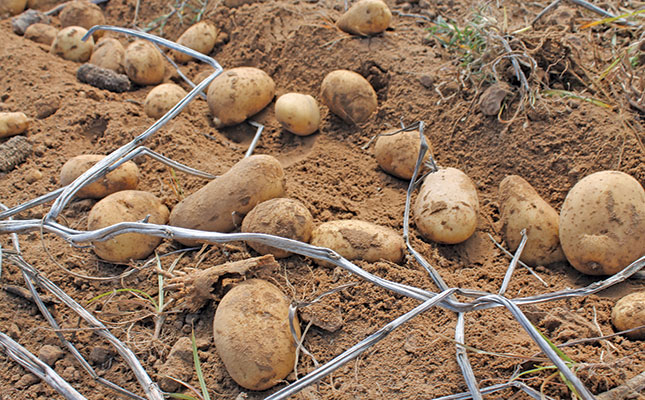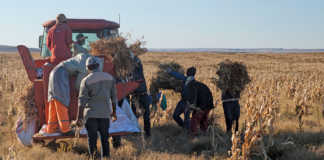
The fall armyworm infestation was discovered in potato lands previously planted to a popcorn maize variety, near conventional (non- genetically modified) maize, according to a Potato SA statement.
Desiree van Heerden, insecticide development manager at Syngenta, said the young potato plants provided an alternative host to the maturing maize in the area, but further research was needed to confirm the FAW infestation.
The above-ground stems and growth tips were initially attacked and the caterpillars then tunnelled inside the tubers, before tunnelling into the stems underground.
Infested stems that were not cut off were notably smaller, wilted and appeared bluish, compared to those not affected, the statement said.
Farmers who detected a FAW infestation in their potatoes could combat the pest with the same registered pesticides currently used for maize, she said.
After spraying with the relevant pesticide, damage would be limited to an estimated 1% of the crop, according to the Potato SA statement.
The range of FAW hosts include maize, cabbage, pepper varieties, soya, grain sorghum, sunflower, dry beans, wheat and barley, peanuts, pasture and grasses, according to a Syngenta statement.












